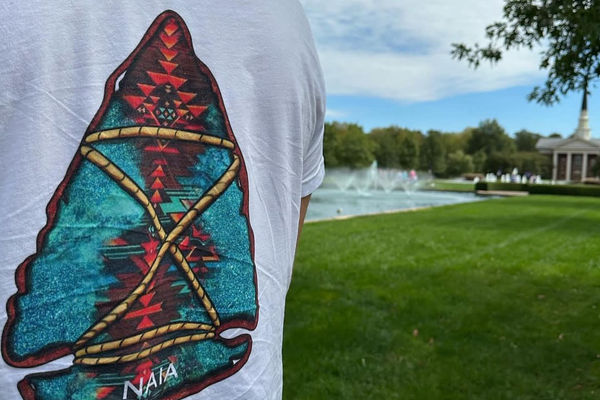My name is Chloe Lowry Sanderson, a proud member of the Lumbee Tribe of North Carolina. This November, Furman students should take the opportunity to participate in some of our many events for Native American Heritage month.
Celebrating with the larger community this month is vital for our organization NAIA’s (Native American and Indigenous People’s Association) continual growth. This year, there is a record number of opportunities for all people to engage with Native American heritage at Furman. On reservations and tribal grounds across the United States and Canada, there are Indigenous celebrations throughout the year. From powwows and markets to homecomings, there are so many opportunities for Natives to connect to their roots. This year, NAIA’s goal is to invite the non-Indigenous into the fold. To include people no matter what identity they hold. To educate everyone and influence a greater number of people. To enrich the cultural depth of Furman students.
In 2020, COVID-19 prevented anyone from hosting public celebrations, limiting the impact our heritage could have on the student body. The next year, no events were hosted for my culture. In my junior year, I took it upon myself to plan an event in remembrance of Missing and Murdered Indigenous People (MMIP).
In years past, there has been little to no representation for Indigenous students on campus, but rather than dwell on the mistakes of our past, we strive to look toward the future. I have seen immense progress during my time here. As the current Vice President of NAIA, I am beyond proud that this November, we will hold seven events, ranging from arts and crafts to listening to Indigenous storytellers.
NAIA’s events this month are meant to model empowered activism and demonstrate the value of listening. At a talking stick craft event and a Cherokee storyteller’s performance, we hope that Indigenous tales will reach the hearts of those who hear them. Through a viewing of the documentary “Warrior Women” and MMIP education, we strive to highlight Indigenous struggles and, more importantly, Indigenous triumph.
If students, faculty, staff, and Greenville residents turn out for these events, we can share the knowledge traditionally reserved for Indigenous ears. What is found in a textbook cannot compare to the teachings attendees will absorb through these events. Oftentimes, minorities are not the ones speaking on their own behalf. This year, that changes. Individual experiences will be shared about what it means to be Native, and what it means to live in your own country as 1% of the population. Through displaying our history in both traditional and novel ways, we hope to offer a glimpse into our world.
The future of this organization rests in the hands of the next generation. After I graduate in May, I can leave happily knowing that junior Ahnawake Decosty, whose fortitude and passion I greatly admire, will continue to build the Indigenous legacy and educate the Furman community. We leave this legacy to our Native brothers and sisters, passing down what we have learned so they can continue to grow their representation.
It is not easy being a true ally to a cause, otherwise everyone would do it. It takes effort to learn and be educated. We ease this process with food and crafts at our events, but it requires everyone to take that first step on their own. As we prepare for these exciting events, it is important to keep in mind that Native remembrance is not just a month-long celebration; it is a daily blessing. We hope to see you soon.
